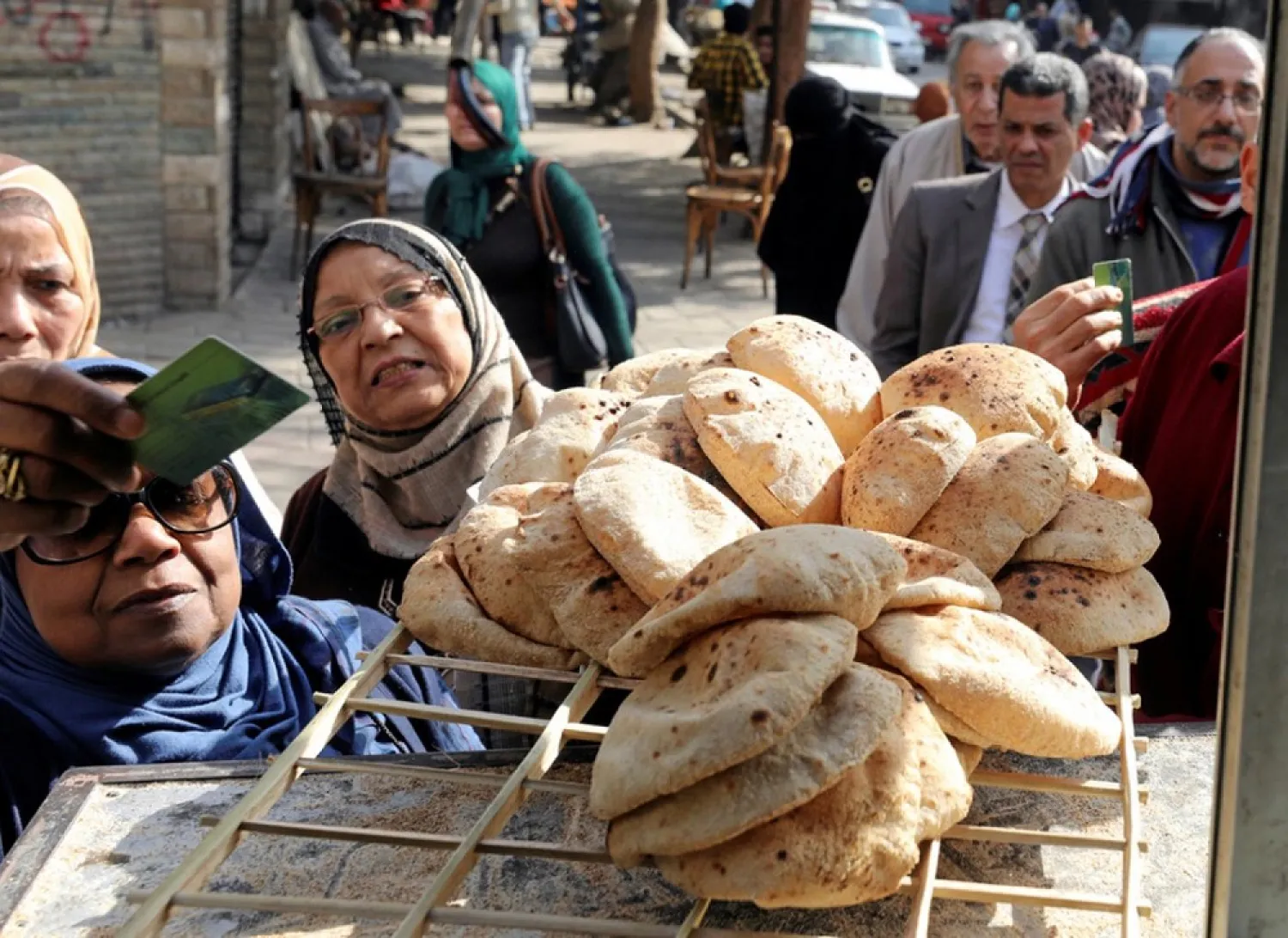Egypt will shrink the size of its subsidized loaf of bread by 20 grams, a document seen by Reuters showed on Monday, allowing bakers to make more fixed price loaves from the standard 100-kg sack of flour.
Egypt, the world’s largest wheat importer, offers bread to more than 60 million people as part of a sprawling food subsidy program. Changes to food support are highly sensitive in Egypt, where a decision to cut bread subsidies led to deadly riots across the country in 1977.
The new weight of the loaf of bread will be 90 grams and each sack of flour shall yield 1,450 loaves effective Aug 18, the document showed.
A bakery owner in Cairo who chose to remain anonymous told Reuters that the change in the loaf would be noticeable to consumers.
“Due to many demands received by the ministry of supply from general bakers divisions across the country, we agreed to recalculate the cost of each sack of flour... (to account for) increases in gas and diesel fuel prices... and to add an insurance cost for bakery workers to be borne by the ministry,” Ahmed Kamal, the supply ministry’s spokesman, told Reuters.
The revised cost of the ministry’s standard sack of flour will now be 265 Egyptian pounds ($16.68) up from 213 Egyptian pounds ($13.40).
Subsidized bread would still cost 0.05 Egyptian pounds ($0.0031) and each individual would be allocated five loaves on the subsidy program, Kamal added.
“The ministry will tighten supervision on all bakeries to make sure the designated specifications, quality and weights necessary for the production of subsidized loaf (are followed, in addition to) the application of penalties and fines against violators.”







